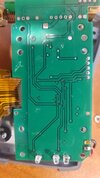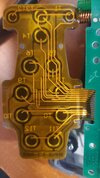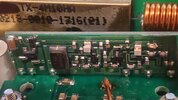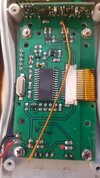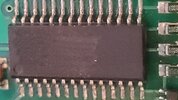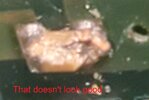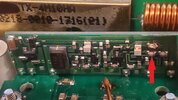CMServiceguy
New Member
Hi all. New here and looking for help repairing a remote control.
It is for a product called Yacht Controller. It's basically a system people use to wirelessly dock their boat. The remote just stopped working, will not power on. these units are waterproof for a little while but I'm positive this unit did not get wet.
I know nothing about circuitry repairs (ask me to install a radar, autopilot or satellite TV system and I've got you covered). There isn't anything more I can offer about the remote since I can't power it on and test the other functions. It was working fine before it just stopped but that is all I know.
Not looking for a free repair. Your time is valuable and I understand things cost money. I'm looking for help as I gave my customer my stock/test remote and would like to repair this for a replacement.
Thank you,
Rich
It is for a product called Yacht Controller. It's basically a system people use to wirelessly dock their boat. The remote just stopped working, will not power on. these units are waterproof for a little while but I'm positive this unit did not get wet.
I know nothing about circuitry repairs (ask me to install a radar, autopilot or satellite TV system and I've got you covered). There isn't anything more I can offer about the remote since I can't power it on and test the other functions. It was working fine before it just stopped but that is all I know.
Not looking for a free repair. Your time is valuable and I understand things cost money. I'm looking for help as I gave my customer my stock/test remote and would like to repair this for a replacement.
Thank you,
Rich

